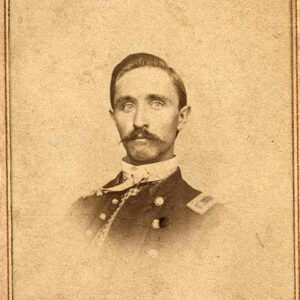Entry Category: Military Science - Starting with M
Mount Elba, Action at
Mount Elba, Scout to (October 3–4, 1864)
Mount Ida Expedition
Mountain Federals
aka: Mountain Feds
Mountain Home, Skirmish at
aka: Yellville Expedition
Mrs. Voche’s, Skirmish at
Mud Town and Gerald Mountain, Skirmishes at
aka: Fayetteville Expedition
Munn, John Calvin
 John L. Murphy
John L. Murphy




